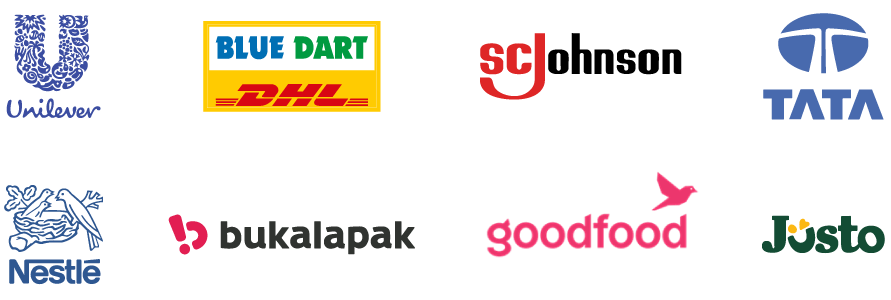Logistics models are instrumental for businesses to fulfill the delivery expectations of customers. One of the most important strategies in a supply chain is the decision on a fixed or flexible logistics model. Businesses prefer fixed or flexible logistics models based on different criteria and parameters.
When do businesses prefer fixed logistics and flexible logistics?

Outsourcing to 3PL vs Owned network
- Fixed Logistics Model
-
Businesses that customize their operations for unique product characteristics prefer to work with an owned network. This helps them gain more control over their supply chain operations.They deal with goods that have a significant demand and operational complexity and, hence, prefer fixed logistics.
- Flexible Logistics Model
-
When businesses prefer to fulfill on-demand deliveries for products then the most suitable move for them is to outsource their operations to a 3PL provider. They work with a flexible logistics model for goods that require on-demand delivery.

Differences in investment approaches
- Fixed Logistics Model
-
Fixed logistics incurs huge capital expenditure and operating expenses with fixed monthly costs over a time period. They attract a high or atleast medium level of startup costs.
- Flexible Logistics Model
-
Flexible logistics does not involve any operating expenses for a fixed time period. It incurs only a program specific or project-specific investment. Its startup costs are lower compared to the fixed logistics model.

Scalability
- Fixed Logistics Model
-
A fixed logistics model is slow and incurs huge costs for expansion of logistics operations. The limitations of footprint and owned capabilities make it difficult for businesses to quickly and economically expand their logistics operations.
- Flexible Logistics Model
-
Businesses that want to expand their logistics operations regularly prefer to go with a flexible logistics model. This is because it involves a lower cost to expand and takes less time to adjust to the demand changes.

Time and speed to execute
- Fixed Logistics Model
-
Businesses prefer a fixed logistics model when they don’t have immediate requirements to meet dynamic market demands. Not only is it expensive to implement and maintain, it takes more than three months or a year to implement this model.
- Flexible Logistics Model
-
Flexible logistics model is much suited for businesses that want to improve their supply chain resilience. It takes around two to three weeks or a month for them to execute this model.

Predictable Forecasts vs unpredictable forecasts
- Fixed Logistics Model
-
Fixed logistics is much suitable for businesses or portions of businesses that have stable and predictable forecasts. It suits high-volume logistics operations that are complex, and require automation to support unique business needs.
- Flexible Logistics Model
-
Flexible logistics model is much suited for businesses that develop faster with affordable delivery promises. It is beneficial for businesses in identifying future disruptions, managing fast-moving and unpredictable forecasts.
Logistics optimization software and network optimization software: Two key tech tools to optimize logistics operations
The right combination of logistics and network optimization software improves the visibility of a supply chain. Whether it is maximizing warehouse space, minimizing inventory shrinkage, measuring transportation time or consolidating shipments, these two tools come in handy. They help businesses track and analyze different parts of the supply chain to improve their processes and cut unnecessary costs.
Share this infographic by using this embed code:






